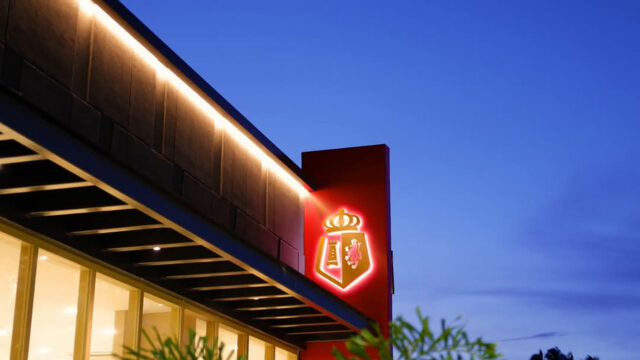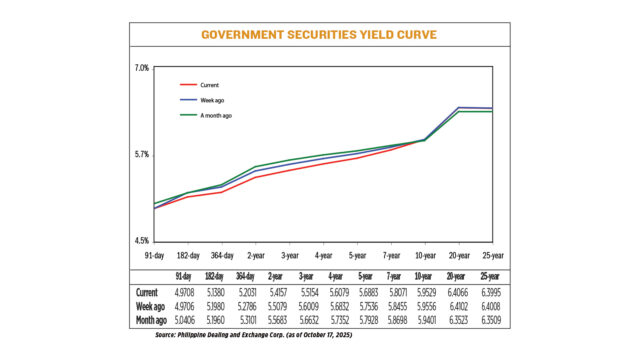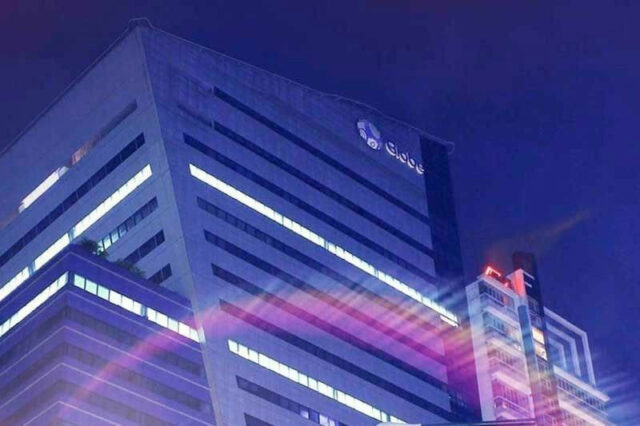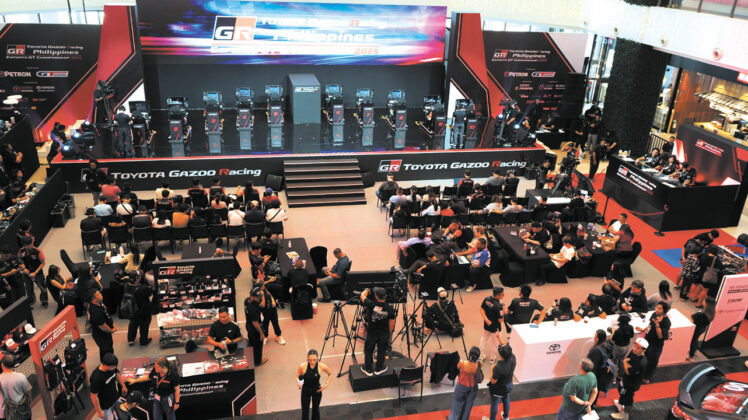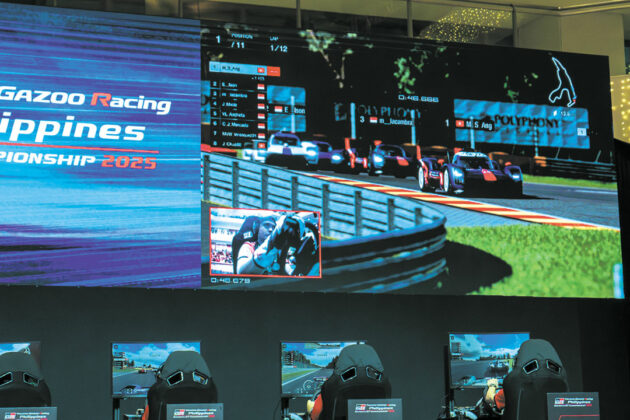The hope of the World Wide Web, according to its creator Tim Berners-Lee, was that it would make communication easier, bring knowledge to all, and strengthen democracy and connection. Instead, it seems to be driving us apart into increasingly small and angry splinter groups. Why?
We have commonly blamed online echo chambers, digital spaces filled with people who largely share the same beliefs — or filter bubbles, the idea that algorithms tend to show us content we are likely to agree with.
However, these concepts have both been challenged by a number of studies. A 2022 study led by one of us (Dana), which tracked the social media behaviors of 10 respondents, found people often engage with content they disagree with — even going so far as to seek it out.
When an individual engages with a disagreeable post on social media — whether it’s “rage bait” or something else that offends you — it drives income for the platform. But on a societal scale, it drives antisocial outcomes.
One of the worst of these outcomes is “affective polarization,” where we like people who think similarly to us, and dislike or resent people who hold different views. Research and global surveys both show this form of polarization is growing across the world.
Changing the economics of social media platforms would likely reduce online polarization. But this won’t be possible without intervention from governments, and each of us.
HOW OUR VIEWS GET REINFORCED ONLINE
Social media use has been associated with growing affective polarization.
Online, we can be influenced by the opinions of people we agree or disagree with — even on topics we had previously been neutral towards. For instance, if there’s an influencer you admire, and they express a view on a new law you hadn’t thought much about, you’re more likely to adopt their viewpoint on it.
When this happens on a large scale, it gradually separates us into ideological tribes that disagree on multiple issues: a phenomenon known as “partisan sorting.”
Research shows our encounters on social media can lead to us developing new views on a topic. It also shows how any searches we do to get more insight can solidify these emerging views, as the results are likely to contain the same language as the original post that gave us the view in the first place.
For example, if you see a post that inaccurately claims taking paracetamol during pregnancy will give your baby autism, and you search for other posts using the key words “paracetamol pregnancy autism,” you will probably get more of the same.
Being in a heightened emotional state has been linked to higher susceptibility to believing false or “fake” content.
WHY ARE WE FED POLARIZING CONTENT?
This is where the economics of the internet come in. Divisive and emotionally laden posts are more likely to get engagement (such as likes, shares, and comments), especially from people who strongly agree or disagree, and from provocateurs. Platforms will then show these posts to more people, and the cycle of engagement continues.
Social media companies leverage our tendency towards divisive content to drive engagement, as this leads to more advertising money for them. According to a 2021 report from the Washington Post, Facebook’s ranking algorithm once treated emoji reactions (including anger) as five times more valuable than “likes.”
Simulation-based studies have also revealed how anger and division drive online engagement. One simulation (in a yet to be peer-reviewed paper) used bots to show that any platform measuring its success and income by engagement (currently all of them) would be most successful if it boosted divisive posts.
WHERE ARE WE HEADED?
That said, the current state of social media need not also be its future.
People are now spending less time on social media than they used to. According to a recent report from the Financial Times, time spent on social media peaked in 2022 and has since been declining. By the end of 2024, users aged 16 and older spent 10% less time on social platforms than they did in 2022.
Droves of users are also leaving bigger “mainstream” platforms for ones that reflect their own political leanings, such as the left-wing BlueSky, or the right-wing Truth Social. While this may not help with polarization, it signals many people are no longer satisfied with the social media status quo.
Internet-fueled polarization has also resulted in real costs to government, both in mental health and police spending. Consider recent events in Australia, where online hate and misinformation have played a role in neo-Nazi marches, and the cancellation of events run by the LGBTQIA+ community, due to threats.
For those of us who remain on social media platforms, we can individually work to change the status quo. Research shows greater tolerance for different views among online users can slow down polarization. We can also give social media companies less signals to work from, by not re-sharing or promoting content that’s likely to make others irate.
Fundamentally, though, this is a structural problem. Fixing it will mean reframing the economics of online activity to increase the potential for balanced and respectful conversations, and decrease the reward for producing and/or engaging with rage bait. And this will almost certainly require government intervention.
When other products have caused harm, governments have regulated them and taxed the companies responsible. Social media platforms can also be regulated and taxed. It may be hard, but not impossible. And it’s worth doing if we want a world where we’re not all one opinion away from becoming an outcast.
George Buchanan is the Deputy Dean at the School of Computing Technologies, at RMIT University. Dana McKay is the Associate Dean, Interaction, Technology and Information, at RMIT University. She has received funding from the Australian Research Council, the Australian Digital Health Agency, and Google (this last ruing her PhD).

